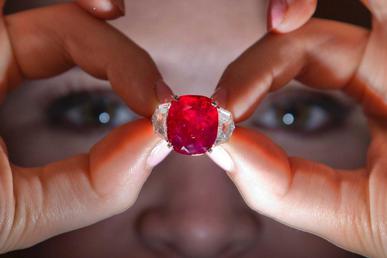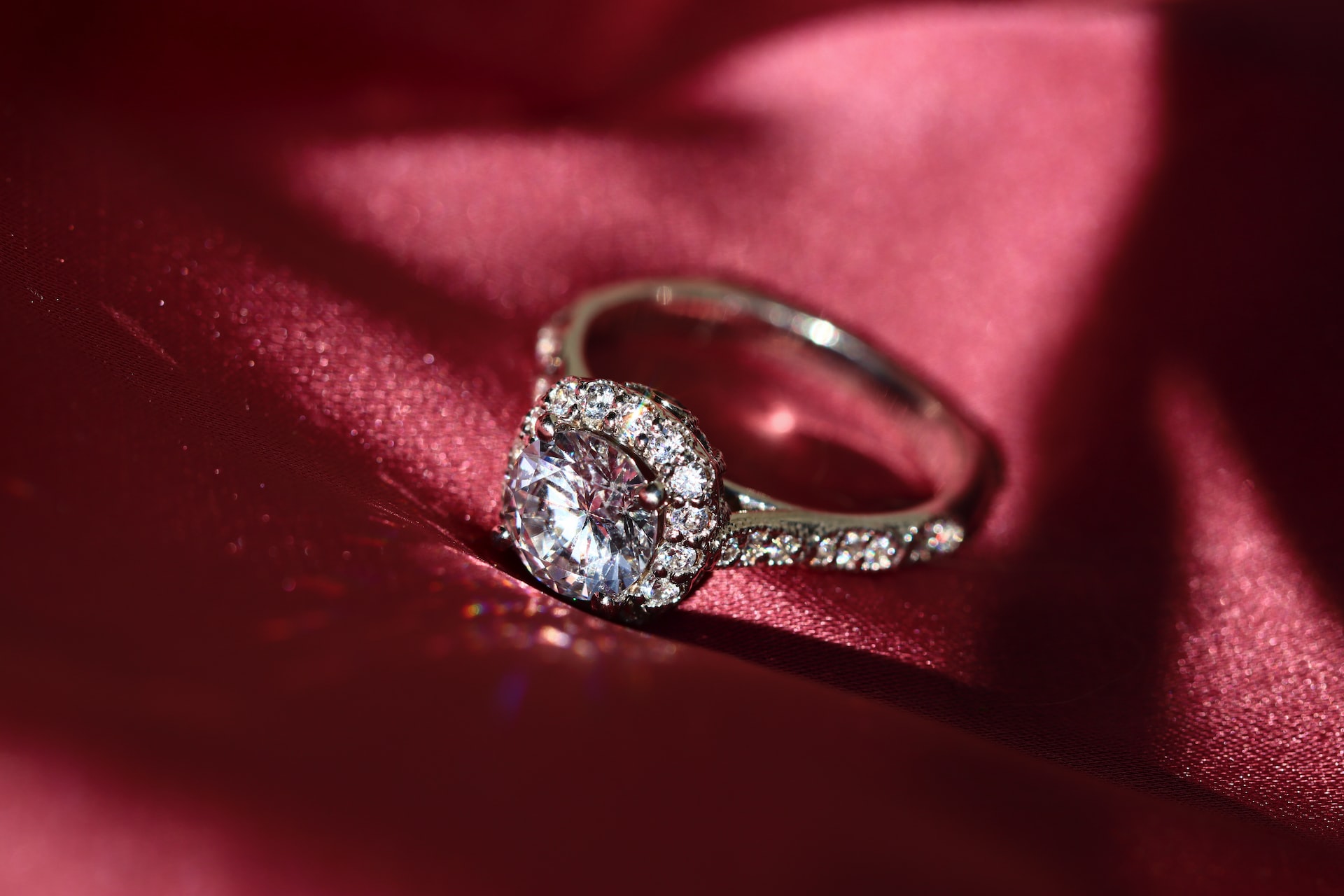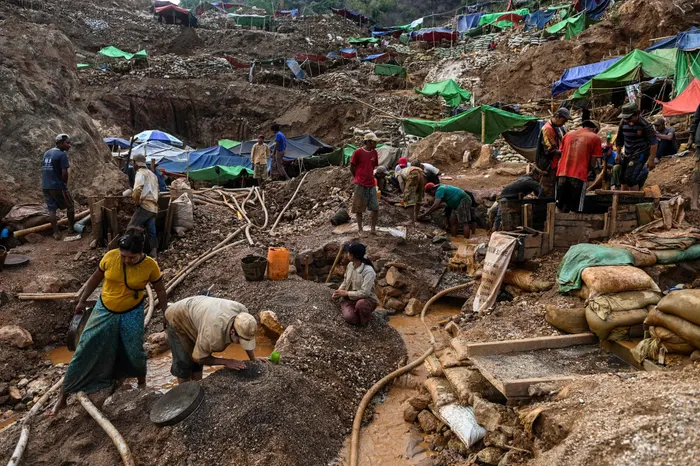How to tell if diamonds are real without a tester
How to tell if diamonds are real without a tester? It’s a big decision that usually takes a lot of time and thought before you find the perfect diamond. A lot of the time on this journey is spent learning about the structure and characteristics of diamonds. That not only teaches you how to determine whether a diamond is genuine but also assists you in weighing the aspects that are most important to you.
Let’s talk about exactly how to determine whether a diamond is genuine because it is safe to say that having this information is essential. At home, test the authenticity of your diamonds with a few common household items. However, the diamond should be handled with extreme caution during any of these tests. Additionally, it is essential to keep in mind that, despite the fact that these tests may provide useful information, only a diamond specialist armed with the appropriate tools can tell you whether a diamond is genuine or fake.
Fill a standard glass about 3/4 full with water to test a loose diamond. Place the diamond in the glass gently. The diamond is real if it sinks to the bottom. It is most likely fake if it floats just below or on top of the water. This is due to the high density of diamonds. You must use a loose diamond for this test. Because the metal will cause it to sink, anything set in metal will be inaccurate.
If the diamond is set in a ring, look for markings on the metal to determine whether gold or platinum was used. Consider the amount and setting as well. A genuine diamond will be set in high-quality metals to preserve and protect it. Look on the inside of the ring, where it would rest against your finger, to locate the markings. Markings such as “10K,” “14K,” and “18K” can be used to identify the kind of gold that was used.
Platinum is represented by the letters PT and Plat, and the numbers 585, 770, 900, and 950 could be gold or platinum. To complete this test, you will first hold the diamond between two fingers and then blow air on it. Due to the moisture and heat in your breath, the diamond will appear as a thin fog. The fog will immediately clear if the diamond is real because they conduct heat. The diamond is most likely fake if the fog continues for an extended period of time.
Using synthetic materials, fake diamonds can be made with relative ease. Glass and cubic zirconia are the most frequently used materials. There are other options, but synthetic rutile and strontium titanate haven’t been used much since the 1950s. Fake diamonds can also be made from other synthetic stones like moissanite, gadolinium gallium garnet, synthetic cubic zirconia, and yttrium aluminum garnet.
The average consumer may be persuaded by the appearance of any of these diamond substitutes. Jewels made of these materials are popular with people who want to make money from people’s lack of experience because they are easy to make and cheap when the right conditions are met.
Diamond substitutes, on the other hand, lack or exhibit characteristics that cannot be replicated when examined closely. This indicates that a genuine diamond can be distinguished from a counterfeit one if you know what to look for. You can determine a diamond’s authenticity by holding it close to a light source, like a flashlight. Pay close attention to the glints of light emanating from the stone. The ability of a genuine diamond to reflect light will give you the effect of a rainbow or disco ball.
This can be done with a lamp or a flashlight, but white light rather than yellow light will work best. It could be fake if the stone reflects light. Glass and cubic zirconia can create an internal color display that resembles a rainbow rather than a shine. It’s important to remember that you shouldn’t just rely on this test; You should take more tests at home at the same time.












